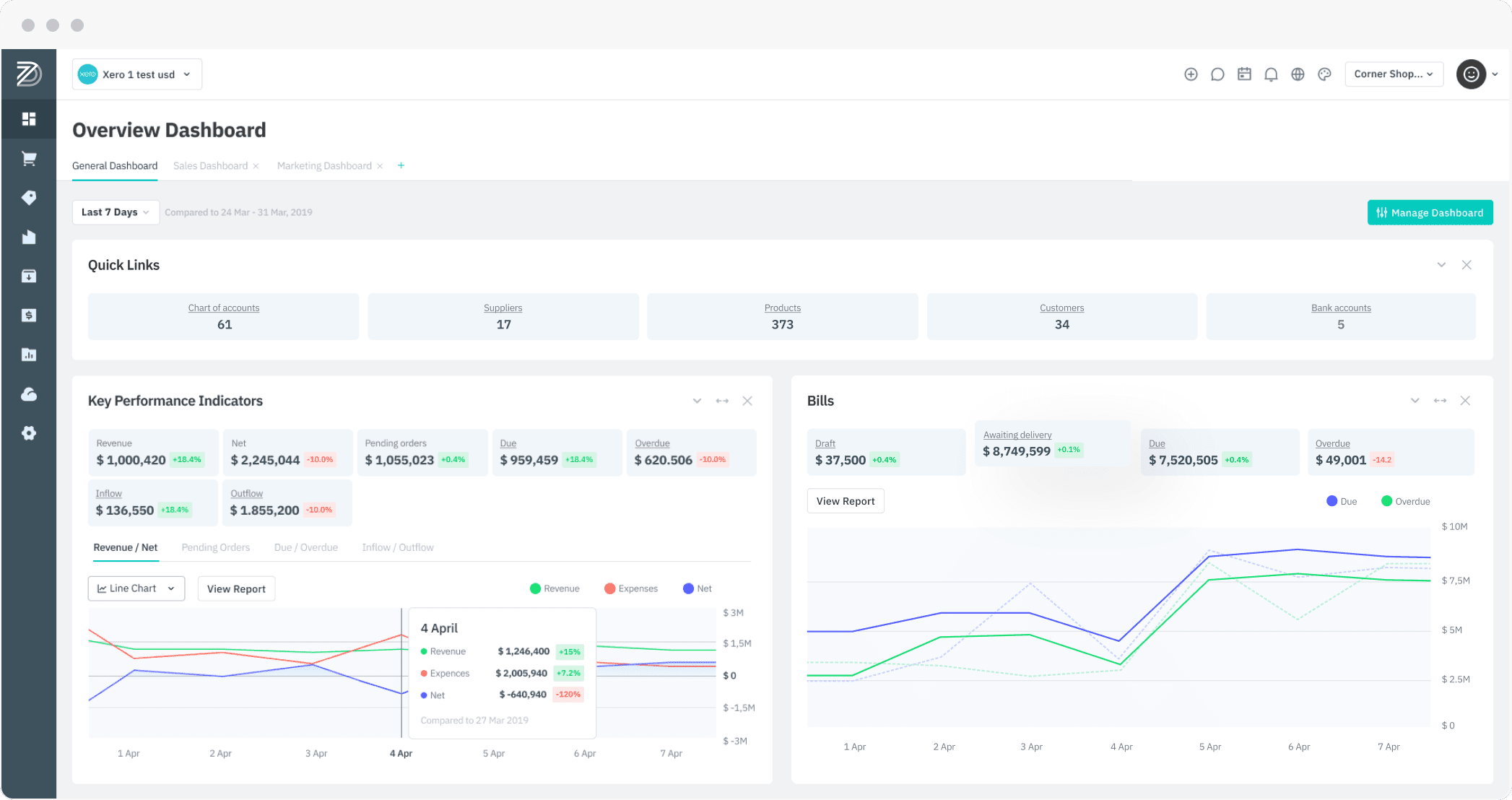Supply chains have to be flexible enough to respond to changing environments, especially in this post-pandemic world. Additionally, customers are expecting faster delivery times. While these demands may seem overwhelming, there is a way to achieve both: automating with a robust warehouse management system. Digitizing in this way streamlines processes, makes operations more efficient, enhances productivity, and makes the best use of assets.

However, warehouse management systems are not all alike. They differ in the features they offer. Some of those features may be right for you, while others may not. That’s why you have to do extensive research and analysis before choosing one.
Here are five tips that will help you cut through all the information out there and find a warehouse management system that best suits you.
Identify your company’s needs
When looking around for a warehouse management system, the first step is to identify the fundamental needs of your company.
To work this out, ask yourself the following questions:
- Do you need a system that can manage a high volume of products?
- Will the warehouse management system be compatible with your in-house computer system?
- Will the system be able to track your KPIs?
- Do you want a cloud-based solution or one that’s hosted locally?
Answering these questions will give you a clear picture of your company’s requirements and lead you to the warehouse management system that offers the right features and capabilities for your company. That said, when comparing different software, you should also consider their cost.
Moreover, if you are using warehouse robots or have existing hardware, it is essential to verify that your chosen system supports both during the selection process.
Calculate ROI
Once you have a good idea of your needs, ask yourself two questions: How much are you willing to invest, and will your investment pay off? In other words, is it worth spending more for added features? What’s the return on investment (ROI) for you?
Warehouse management systems are available in three basic tiers, each one more sophisticated, and therefore more expensive, than the other.
Tier 3 is the least expensive. Designed to meet the requirements of a small-scale company, it offers basic features that will carry out functions like creating orders, tracking order status, and printing shipping labels.
Tier 2 offers everything included in tier 3, but also has features that take care of restocking, planning, cross-docking, and stock location management. This software is ideal for mid- to large-scale businesses.
Tier 1 is altogether a more autonomous solution. In addition to the features found in tiers 1 and 2, it can accommodate order flow controls, forecasting, efficient labor allocation, advanced reposting, and more. This version comes at a slightly higher cost, but it may be in your long-term interests to make the investment.
Ask for information.
After looking around to see what’s generally available, you should end up with a broad list of available systems that might be a good fit for your company. The next step is to approach each of the software companies and ask them for information.
Initially, service providers provide generic proposals that include basic information such as a list of the features their system offers, the estimated cost, and which networks their software is compatible with. But you can and should ask them more. Find out if they offer a training service and its cost if they do, inquire if their system offers any other features that you could configure, and ask if their system supports third-party integrations, and if so, which ones.
Analyze the proposals, sorting out which systems are compatible with your existing network and infrastructure. Then compare the ones that are, looking closely to figure out which provider is best able to handle your needs without you having too many changes to your current system.
Make a shortlist.
The next stage is to make a shortlist of three to five vendors. First, remove any that exceed your budget. Then consider factors like the company’s experience, their customer base, and their after-sales service. Especially check if the company is familiar with your type of business, so they will understand your needs. Those providers that do will be able to offer software that’s better tailored to you, and should be able to do so at a good price.
Next, meet with each of the service providers on your shortlist. Try to get a good understanding of the way their companies work, their approach and level of professionality, and how much of your business and its requirements they understand.
Finally, request a detailed, accurate quotation, one that includes variable charges, if there are any.
Make your final decision.
Now you’re ready to pare the list down to two finalists. Request customized demos so you can see for yourself how each will improve your operation – or not. At this time, you’ll also be able to verify that their systems will, in fact, work with the other software you use. Most vendors are happy to provide these demos.
When you’re satisfied with the performance of the system, conduct a legal review of the service providers. This will help guard against any legal complications at a later date.
At the completion of the legal review, you should be ready to make your choice. Do negotiate to get the best price, and when that’s agreed upon, have your respective lawyers draw up a contract. It’s important that this contract has a non-disclosure agreement. You’ll need that to safeguard your trade secrets and crucial data.
Conclusion
A warehouse management system is a vital part of your logistics. It optimizes your inventory control system and data collection and automates your warehousing activities, boosting productivity and profitability.
Take a look at Cin7 Core. It’s a robust system that’s been around a while, so is tested and ready to take your business to the next level. Why not get in touch with one of our trusted advisors today.






